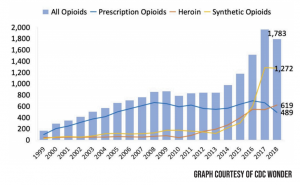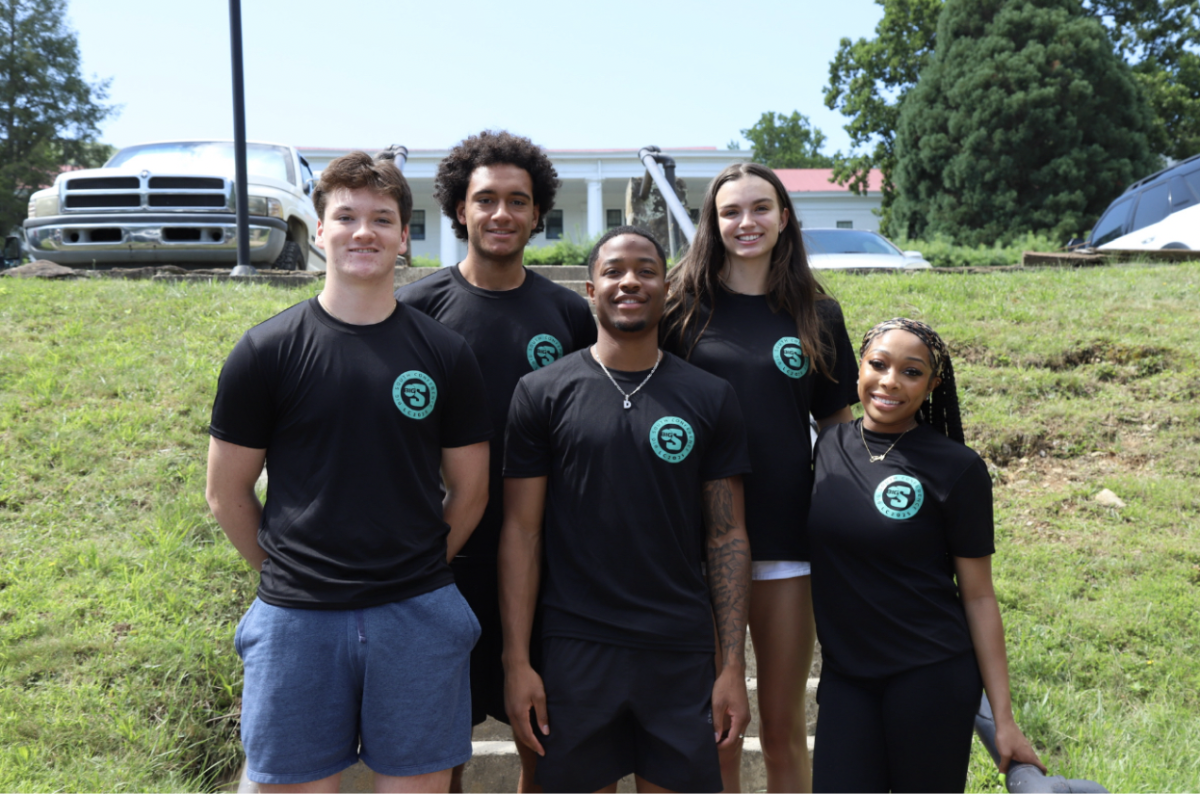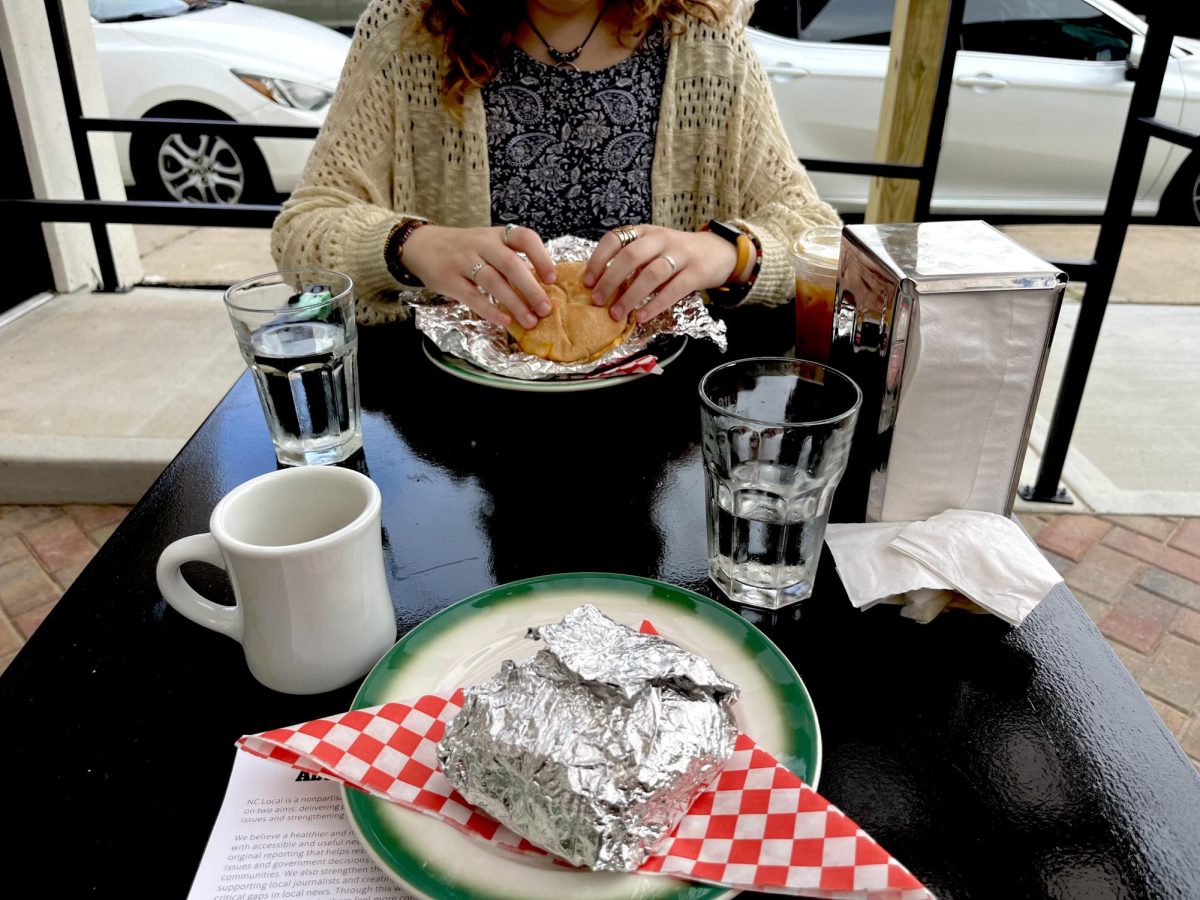Melanie Godin
Contributor

Patrick Casale, a licensed clinical mental health counselor to Resilient Mind Counseling, said the over prescription of pain medication helped intensify the epidemic.
“Drug of choice for people is going to usually start out as some type of prescription drug or some type of pain medication,” said Casale, 34. “Heroin has become so cheap and easier to get. Since it is cheaper and goes into effect a lot quicker, you’re going to see that more and more people are making the switch.”
An annual average of roughly 31 opioid related fatalities occurred from 2010 to 2016, according to officials with the county. The greatest increase occurred at 124 fatalities in 2017.
Due to the dramatic increase, the state implemented the Strengthen Opioid Misuse Prevention Act, STOP, in effect for 2018, according to officials with the North Carolina Medical Board. The act limited the distribution of both acute and post-operative prescribed medication.
Opioid related fatalities dropped by 17 percent since the STOP act started, according to officials with the county.
“So there’s a lot of opiate withdrawal and overdoses and there’s a lot of deaths from it,” Casale said. “Withdrawal is almost like the flu times a thousand. Essentially, you can’t die from opiate withdrawal. A lot of people may feel like they’re dying, but they can’t.”
Emergency room visits began declining statewide in 2018, but visits in Buncombe County increased by 10 percent in 2019, according to county officials.
Tolerance and intake play a huge part in overdose statistics, according to Casale. He said most users quickly experience a ‘usage cap’ when their daily dosage no longer satisfies their highs.
“The more you take, the more you’re going to need to get high,” Casale said. “Initially you might take one or two pills. Then after a while, that no longer has an effective treatment tolerance.”
“You’re either physically or psychologically dependent on a substance to function,” Casale said. “You’re craving it. You’re having physical and psychological symptoms in terms of not having it. A lot of your day is spent obtaining it.”
Kelcie Winningham, the marketing and administrative coordinator for the Willows at Red Oak Recovery, said admission referrals have increased dramatically since the pandemic started.
“There’s easy access to mind altering drugs that can help you cope with an event or something stressful that a lot of people are taking advantage of,” said Winningham, 22. “Especially now with COVID, it’s definitely a time frame for people that are struggling with substance abuse.”
The treatment center helps young adult women ages 18 to 35 struggling with trauma, mental health issues and substance abuse, according to Winningham.
“We actually have a huge demographic of people that have gone to treatment centers and they just haven’t stuck,” Winningham said. “A lot of the people that we have coming to our programs are ones that have gone to two or three different programs before coming to us.”
The Willows offers 30-day relapse treatment programs for individuals, according to Winningham.
“They had the tools and they had the knowledge to stay clean but have slipped up,” Winningham said. “Most of the time they know what triggered it. They just need a little help to get back on their feet.”
The center receives more calls regarding assistance on overdoses rather than their own patients overdosing, according to Winningham.
“We don’t really see a lot of people overdosing at the program in general,” Winningham said. “We go through everyone’s stuff when they get here so we know what they have on them. To be able to sell to our clients is very slim since we don’t disclose our location.”
Gabriela Volkomer, program coordinator for the Family Drug Treatment Court, said the lack of rehab centers is affecting both the community and those in recovery.
“We need more treatment centers,” said Volkomer, 41. “If you want to send somebody to inpatient treatment, the wait time is like three weeks and they give priority to pregnant women or IV users.
Fentanyl remains the most dangerous among users due to the substance still being relatively new for users, according to Volkomer.
“This pandemic has affected people in different ways,” Volkomer said. “Everyone deals with stress and situations differently. Obviously some coping skills are more dangerous than others. ”
SOAR averages a 70 percent graduation rate among its participants, according to Volkomer.
“Everybody’s recovery is different. Some of them are doing really good with staying away and maintaining their sobriety,” Volkomer said. “Some of them, you know, go back to using and then we need to start back at zero from that point and start all over again.”
Eighty four percent of local opioid overdose victims contained fentanyl in their system back in 2018, according to county officials. The second highest opioid found was methamphetamine at 29 percent.
“It’s a really dangerous subject once you get into that and once you get that far into using,” Casale said. “It certainly can start innocently enough, and I believe for a lot of people it does.”
Most drugs are now cut with fentanyl due to it being cheap and possessing a stronger effect on users, according to Casale.
“Obviously college students and young adults are more accessible to different substances,”Volkomer said. “The amount of overdoses that this county experiences on the daily is incredibly alarming.”
White males from ages 20 to 39 were more frequently the victims of opioid overdoses back in 2018, according to county officials.
“There’s so much misconception,” Volkomer said. “Addiction is a crisis. It’s a disease. There’s so much that people don’t realize.”
Kevin Rumley, the program coordinator for the Veterans Treatment Court, said the veteran population remains high risk and looked over by most pathways of the criminal justice system.
“We focus on making sure they have stable housing,” said Rumley . “Do they have educational opportunities? Do they have a job? Do they have family support? Our goal is to support them in every dimension of wellness.”
Veteran treatment remains vulnerable due to the patient’s previous arrest history or charges. The demographic receives little support from the traditional justice system, according to Rumley.
“Traditional probation is not especially supportive. They may have contact one time a month,” Rumley said. “What usually ends up happening is they get busted for using substances and find themselves on probation for another two years. It’s kind of just this cycle and feedback loop that they can’t break out of.”
Among the overdose victims in 2018, 6 percent were veterans, according to county officials.
“There are so many pathways to recovery,” Rumley said. “Addiction is survival for a lot of our participants.”
The program averages a 65 percent graduation rate among its thirty participants, according to Rumley.
“Even those veterans that aren’t successful through graduation, we still view it as a success because they’re learning these systems of support,” Rumley said. “They have formed new friendships. They know where the doctors are. They know where to reach out if they need help.”
Isolation during the pandemic jeopardized recovery progress and relationships, according to Rumley.
“What we found is when our veterans have stability, their family also has stability,” Rumley said. “It’s kind of the collateral benefit. A family support system is a family intact. The family unit is stronger however the participant defines a family unit.”
Due to the pandemic, face to face inpatient care quickly adjusted to telehealth, according to Rumley. He said he has to take weekly trips to Tennessee to collect urinalysis from participants.
“Treatment is still being provided. It’s all virtual,” Rumley said. “Now I get to drive around, go to their homes, but I love it because I get to see their environment, their community. I’m able to see how they’re really doing with their recovery and sobriety with my own eyes.”
The high cost of living plays a huge part in the recovery process, according to Volkomer. She said she’s had some participants that lived under bridges before admitting into the program.
“One of the biggest challenges is housing. In a little county like this, someone with a criminal record trying to find housing is near impossible,” Volkomer said. “We really need more housing and we need some modifications so they will consider people with a criminal record or a felony.”


![Brooke Pedersen [second from the right] and Luis Reyes [right] hold banners during the Wrap The Woods event.](https://thebluebanner.net/wp-content/uploads/2025/09/ELIZABETH_PRITCHITT_IMG_3470-1200x804.jpg)















